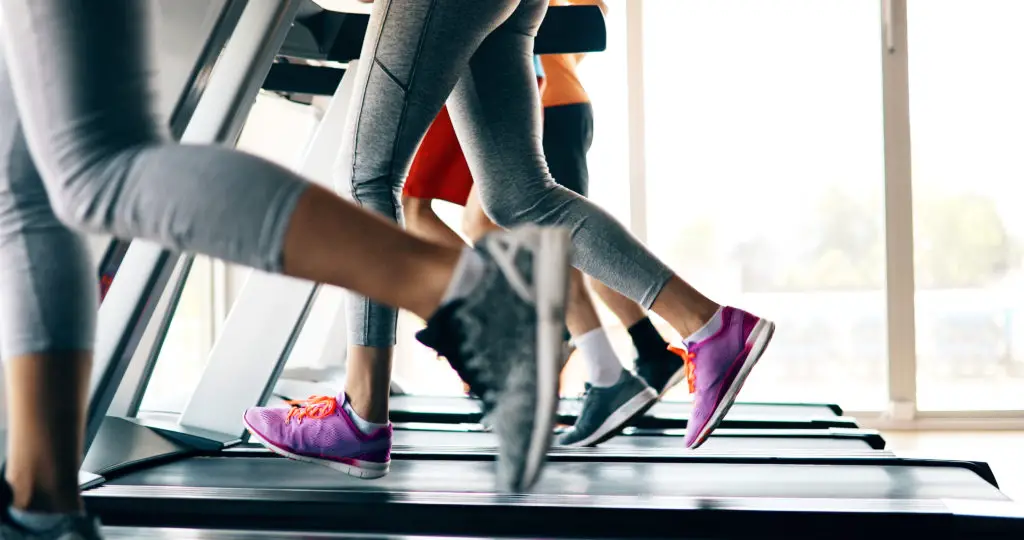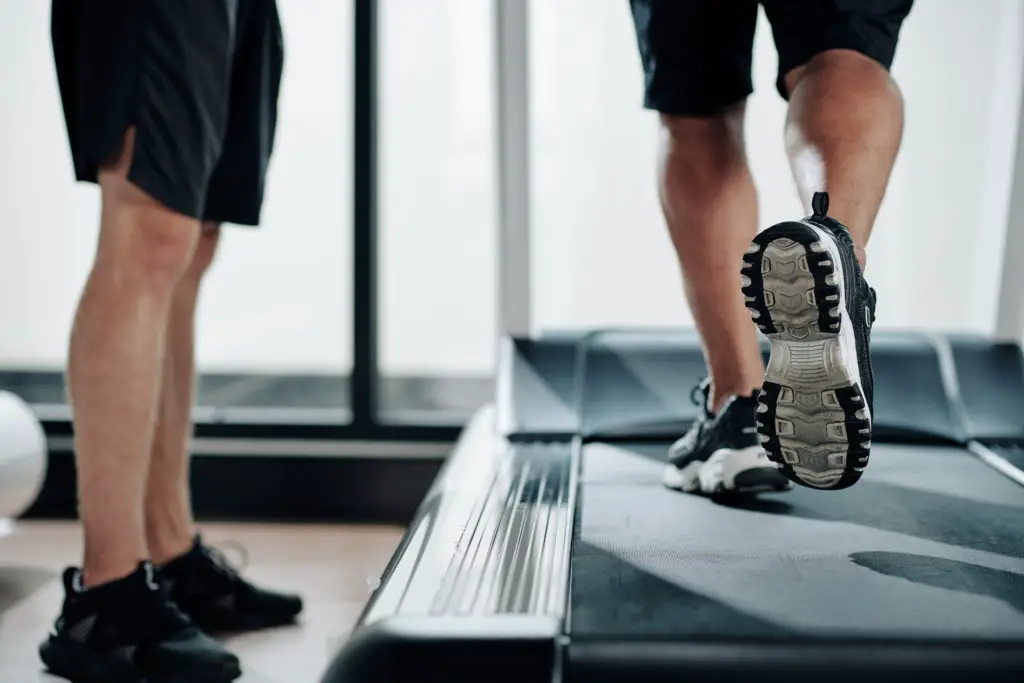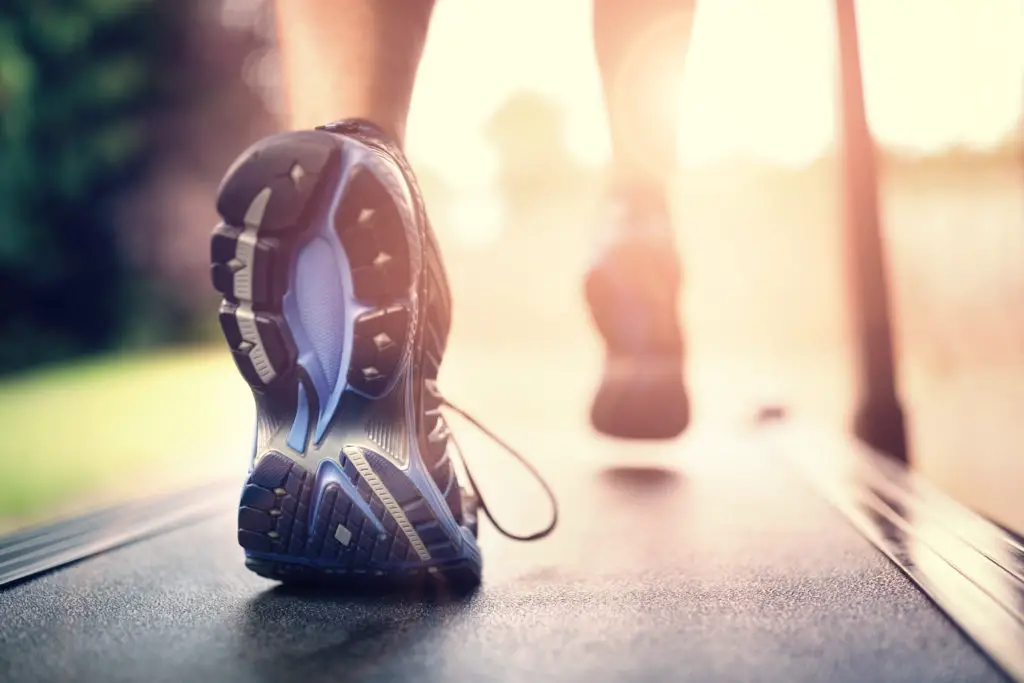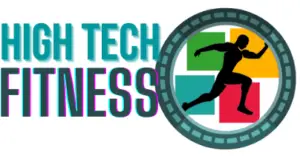
When the weather isn’t ideal, treadmills can be life-saving for those who enjoy running. But sometimes, after being used to walking and jogging outside, we may feel like our knees are a little more sore than normal. But is it because we are running on treadmills, or is it just chance?
The unfortunate truth is running, in general, can be tough on the knees. Running on treadmills, in particular, can further expose your knees and hips to soreness, joint pain, and injury.
Having said that, once you understand the types of injuries and problems you may experience when running or walking on a treadmill, you can incorporate a few methods to prevent and avoid knee issues. Read on to learn more!
Page Contents
Why Are Treadmills Bad for Your Knees?

The knees bear a lot of weight and are directly correlated with our hips and ankles. Knee injuries can be skeletal or muscle-related. They can also stem from a different part of the leg that’s already injured.
Most knee injuries from treadmill use may result from how hard you push yourself during the workout and/or running in general.
You’re Forced to Go at the Treadmill’s Pace
When running outside, you set your own pace and adjust your running habits based on what type of surface is below you. If it’s rocky, you’ll likely adjust your speed to ensure safety; if it’s smooth, you will probably push yourself more. Your knees will still take on a great deal of force, but this is inherently different than when you run on a treadmill.
Running at a set speed on a treadmill makes you take on a greater force than your body may be ready to take on. You can actually feel this when running on the treadmill because it’s almost as if your body is too far forward or trying to catch up with your feet.
This isn’t an issue of just going too fast, either. Knee pain can emerge from going too slow as well. If you are too fast, you may be pounding down really hard on the treadmill to keep up. However, if you are going at a slower pace, your body may actually be lurching a little forward while your foot moves backward, which can hurt your knees as well.
Improper Form
What usually comes with the force of running at an unnatural speed is bad form. No matter what speed you are at, you will most likely feel a little off-kilter, with a few exceptions in the mid-range of speed.
When you are in a range that is uncomfortably fast or slow (doesn’t feel natural) it enforces the two bad habits listed below. The speed forces the body to make up for the lack of speed or the too much speed in ways that can result in extended or overly bent knees:
- Extended Knees: When you are running at a pace that is a little too quick for you, your heels will be reaching far out in front of you while your body is somewhat leaned back. Your strides will be long, which means your knees will be really extended and coming down at a very forceful rate upon contact with the treadmill.
- Bent Knees: On the other hand, bent knees usually come from running at a pace that is too slow. This is when you run almost with your toes first, and your knee juts a little forward or meets contact with the treadmill in a less supportive position.
Common Knee Injuries from Treadmill Running
According to the US Consumer Product Safety Commission Report from 2012-2014, there were 24,300 treadmill injuries. A large portion of the injuries can be attributed to the hyperextension of the knee. This is essentially the process of locking your knees. Some people tend to run this way, which can be incredibly dangerous and damaging to this part of the body.

Knee Impingement
Knee impingement has a few different names. It’s officially called Hoffa’s Syndrome but also commonly referred to as Fat Pad Syndrome. This is when your fat pad gets pinched between your knee cap and your thigh bone or your kneecap and your shins. This can be very painful due to the tons of nerves in your fat pad.
This can result from hyperextension in the knee, an acute injury, or inflammation from overuse. It is most commonly discovered through a gradual buildup of bad form. It can most be felt in a straightened leg position but can be felt at the top and bottom of the knee at any time.
Luckily, you can treat this with ice and preventing yourself from putting your knees in hyperextension. Using over-the-counter medication that reduces inflammation like Ibuprofen or something similar helps as well.
Patellofemoral Syndrome
Patellofemoral Syndrome may not sound familiar, but “Runner’s Knee” sure will. Runner’s Knee really comes from overuse, and while you can definitely get it from running outside or inside on the treadmill, the chances of you developing this condition are higher on a treadmill. This is because of the severity of the impact on your joints, as mentioned above.
What happens with Runner’s Knee is that the kneecap gets misaligned while running with poor form. This can result from going too fast or too slow and not having a natural pace over and over again.
The best way to treat this is to avoid treadmill use if possible, as well as combining icing tactics and medications like Ibuprofen.
How to Avoid Knee Pain with Treadmill Use

Some people love to run all-year-round and just don’t always have the ideal weather to do so outside, but this doesn’t mean you have to give up the treadmill inside to avoid stress on the knees either. There are certain preventative and aftercare steps you can take to avoid knee pain or injury.
Enforce Correct Form
Having good form can solve many of the issues that get enhanced by running on the treadmill. So what does good form look like?
- Keep your back straight and your eyes forward, so your upper body is not leaning forward or backward.
- Keep a slight bend in your knee, so you don’t hyperextend.
- Make sure to move your arms back and forth while running to help with fluid motion.
Use Cushioned Treadmills

Some people may not even know these exist, but cushioned treadmills are built for those who have bad knees! If you don’t have bad knees now, you can avoid any issues by using treadmills with cushioned platforms to soften the stress on your knees upon impact.
Follow After Care Routines
RICE is a great option for aftercare when you are already struggling with bad knees. It stands for:
- Rest
- Ice
- Compression
- Elevation
These steps can help reduce inflammation that leads to things like Runner’s Knee and Fat Pad Syndrome.
Opt for the Elliptical
Another machine that was made for runners who have bad knees is the elliptical. These machines completely mimic your natural running motion while also providing a no-impact experience. Some of the more advanced machines will have bars you can hold to get the arms moving and even TV screens to simulate taking a run in the real world. Take a look at my elliptical machine category if you’re interested.
Conclusion
The truth is that running, in general, can be bad for your knees, and treadmills can further expose the knees to injuries you would naturally get from running with time. The impact becomes much more severe on a treadmill because of the need to keep up or slow down all the time. This can encourage things like bad form and result in a few common knee injuries.
While that may sound gloomy, there are some preventive and aftercare options that can help reduce the stress on your knees. Of course, when possible, it is always encouraged to run outside if the weather permits.

